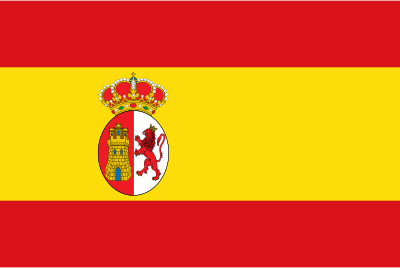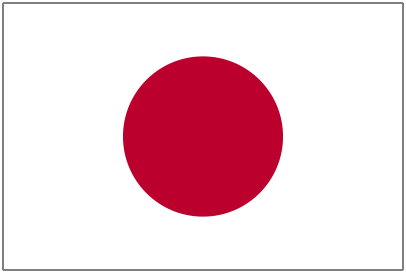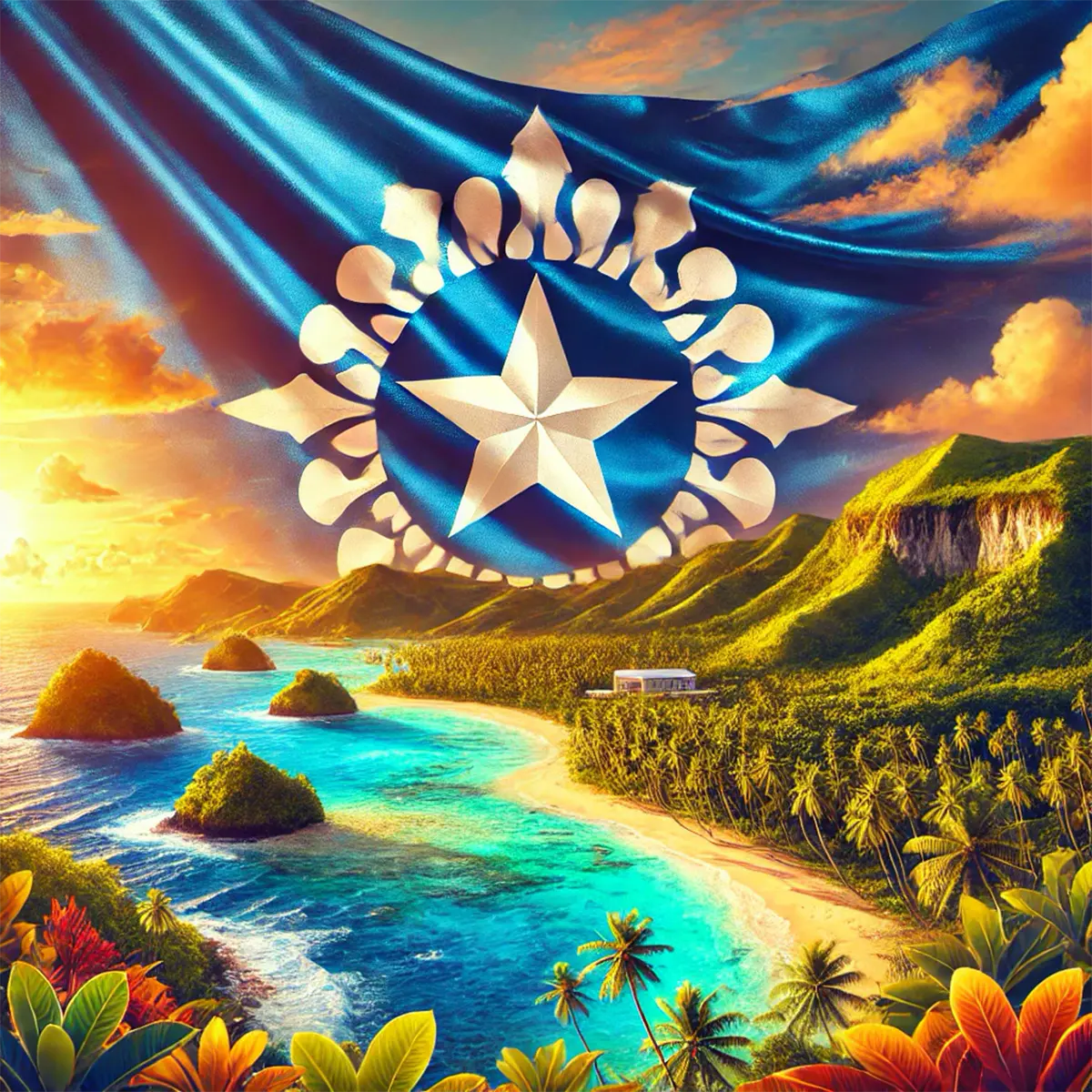The first Europeans to discover the Northern Mariana Islands were the Spaniards. In 1521, during Fernand Magellan's voyage around the world, these islands were first mapped. However, Spain finally established its control over them only in 1668, colonizing the islands and officially adopting the Spanish flag. The islands were named in honor of Mariana of Austria, the widow of Spanish King Philip IV.

In 1899, after being defeated in the Spanish-American War, Spain sold the rights to the Northern Mariana Islands to Germany for $4.2 million. The German Empire established its control over the islands by incorporating them into German New Guinea. The official flag was the German imperial flag.
After the end of the First World War, according to the Treaty of Versailles, the League of Nations in 1919 transferred the Northern Mariana Islands under the mandate of Japan. The Japanese national flag was used in all territories administered by Japan, including the Northern Mariana Islands. The Japanese actively developed the infrastructure and economy of the region, focusing on fishing and agriculture. According to the 1939 census, 60% of the total population was made up of resettled Japanese.

Initially, Japan was only focused on sugar production, i.e. growing sugar cane, but in the 1940s they built military installations and began to use them to plan the invasion of Guam, which was already part of the United States at the time. On December 8, 1941, Japan launched its offensive and invaded the territory of Guam, relocating some of the indigenous population of the Marianas to Guam. In 1944, the United States attacked the capital of the Marianas, Saipan, and in less than half a month defeated all Japanese defenses, and then recaptured Guam in the same time. Thus, in a little over a month, the United States completely de-occupied the territories from Japan.
After the defeat of Japan in World War II, the Northern Mariana Islands were placed under the administration of the United States under UN Security Council Resolution 21, becoming part of the Trust Territory of the Pacific Islands. The United States was responsible for the defense and foreign relations of these territories. Four referendums on the status of the islands were held in 1958, 1961, 1963, and 1969, in which the majority voted in favor of integration with Guam, but this never happened because Guam rejected unification in its own referendum in 1969.
In 1975, nearly 80% of the islanders voted in favor of US Commonwealth status, and in 1977, over 93% supported the new constitution of the Commonwealth of the Northern Mariana Islands (CNMI). This constitution came into partial effect in 1978, after which the Northern Mariana Islands officially became part of the United States on November 4, 1986. On the same day, the inhabitants of the islands became U.S. citizens.




